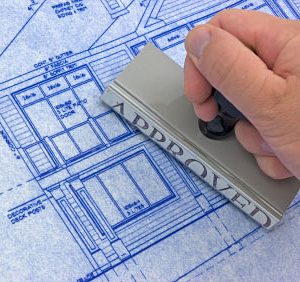 Growing evidence proves wood studs, poly and batt insulation in basements is not only inadequate, it’s hazardous to our health. Basements make perfect incubators for mildew, odors and mold. Experts such as the Building Science Consortium, Mike Holmes, Jon Eakes, Martin Holladay (Green Building Advisor) all agree; fiberglass batt insulation should not be used in basements.
Growing evidence proves wood studs, poly and batt insulation in basements is not only inadequate, it’s hazardous to our health. Basements make perfect incubators for mildew, odors and mold. Experts such as the Building Science Consortium, Mike Holmes, Jon Eakes, Martin Holladay (Green Building Advisor) all agree; fiberglass batt insulation should not be used in basements.
Those who defend batt insulation, wood studs and poly in basements know the insulation gets wet; but they somehow think it dries out. Unfortunately, they’re wrong! Basements are located in cold and sometimes very wet ground holes. Added to that, concrete is inherently porous. Therefore by nature, basements are cold and damp with minimal air circulation. As a result, basements are high humidity environments that are not conducive to drying.
Poly vapour barriers are utilized to stop the flow of moisture laden air. In above ground wall assemblies, poly vapour barriers stop (retard) moisture from entering wall cavities. Conversely, in basements poly vapour barriers trap moisture in already damp wall cavities. Trapping moisture within batt insulation between poly and cold concrete walls provides the perfect environment for odors, mildew and mold. On top of that, wet insulation is a lousy insulator.
Prove it to yourself – try this experiment.
The experiment simulates poly, wood and batt insulation in a basement environment. Find a piece of batt insulation (fiberglass or mineral wool) and place it in a zip lock plastic bag – the bag simulates the poly vapour barrier. Add pieces of newspaper and wood – the wood simulates wood studs and the newspaper simulates paper covering on drywall. Add a couple ounces of water – the water simulates a moisture laden basement environment. Close the bag about three quarters of the way; leaving an opening for minimal air circulation. Place the bag in a corner of your basement and over the next few months watch what happens. The result; a stinky bag of soggy, moldy fiberglass insulation and rotting wood.
Some people believe mold isn’t as bad as it’s made out to be. Again, they’re wrong. Check it out yourself. Google these key words; basements, mold, fiberglass insulation and health or find out right now at http://inspectapedia.com/mold/Mold_Recognition.htm
Let there be no misunderstanding; Building Codes are extremely important. Without codes our buildings wouldn’t be as good as they are. Building Inspectors protect us from unscrupulous contractors, poor design, inferior building products, defective electrical and plumbing and much, much more. However, when science and indisputable evidence prove a building practice is inadequate and dangerous, its time to change the code.
